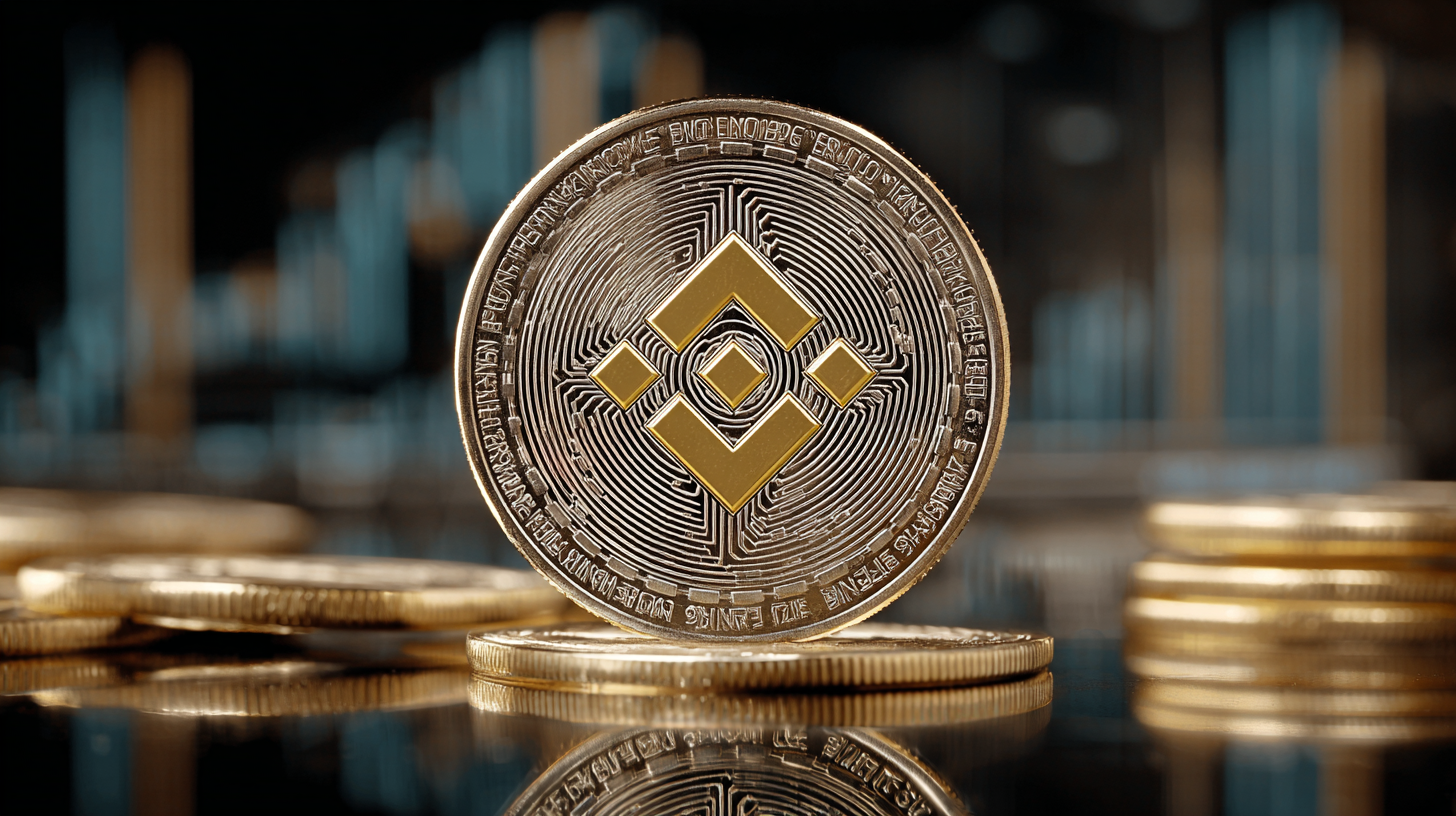
Binance USD (BUSD): Everything You Need to Know
Binance USD, commonly known as BUSD, is a stablecoin that has become a cornerstone of the cryptocurrency ecosystem. Launched by Binance in partnership with Paxos, BUSD is pegged 1:1 to the US Dollar, offering a reliable digital asset designed for stability, speed, and security. Unlike traditional cryptocurrencies like Bitcoin or Ethereum, whose prices can fluctuate wildly, BUSD provides users with the ability to transact, trade, and store value without worrying about sudden market volatility.
The creation of BUSD reflects the growing demand for stablecoins that bridge the gap between traditional fiat currencies and the rapidly expanding world of digital assets. BUSD operates on multiple blockchain networks, including Ethereum and Binance Smart Chain (BSC), making it highly versatile for decentralized finance (DeFi) applications, trading on exchanges, and payments. By combining the reliability of fiat backing with the speed and transparency of blockchain technology, BUSD has emerged as one of the most trusted stablecoins in the market.
BUSD maintains its value by being fully backed by US Dollar reserves held by Paxos, which are subject to regular audits to ensure transparency and accountability. This structure ensures that every BUSD token in circulation has an equivalent US Dollar held in reserve, giving users confidence in the coin’s stability. The regulatory compliance and transparency associated with BUSD differentiate it from other stablecoins and reinforce its role as a secure digital asset.
One of the primary advantages of BUSD is its wide acceptance across cryptocurrency platforms. Traders and investors use BUSD to hedge against volatility, providing a safe harbor during periods of intense market fluctuation. In addition, it is widely used in DeFi applications for lending, borrowing, and liquidity provision, allowing users to earn yields while maintaining the stability of their assets. Businesses also benefit from accepting BUSD as payment, enabling fast, low-cost cross-border transactions without the friction of traditional banking systems.
The speed and efficiency of BUSD transactions, especially on Binance Smart Chain, make it particularly appealing for users who require quick transfers with minimal fees. Moreover, BUSD can easily be converted back into US Dollars or other cryptocurrencies, offering flexibility and convenience for traders, investors, and businesses alike. Its integration into major crypto exchanges and platforms ensures liquidity and accessibility, making it a cornerstone stablecoin for both institutional and retail users.
As the cryptocurrency market continues to evolve, BUSD’s role is expected to expand further. The combination of regulatory compliance, fiat backing, and blockchain efficiency positions BUSD as a critical tool for mainstream adoption of digital currencies. It enables users to navigate the crypto space with confidence, providing a stable and reliable medium of exchange and store of value. With growing interest in decentralized finance and digital payments, BUSD is set to remain a key player in the stablecoin landscape for years to come.
In conclusion, Binance USD (BUSD) exemplifies the benefits of stablecoins in the digital economy. It offers stability, transparency, and usability, bridging traditional finance and cryptocurrency in a way that meets the needs of modern users. Whether for trading, DeFi, payments, or savings, BUSD provides a trusted solution in an often unpredictable crypto market, solidifying its position as one of the most widely adopted and respected stablecoins globally.
FAQ: BUSD
- What is BUSD?
BUSD, or Binance USD, is a stablecoin pegged 1:1 to the US Dollar, designed to maintain a stable value for trading, payments, and decentralized finance applications. - Who created BUSD?
BUSD was launched by Binance in partnership with Paxos, a regulated financial institution that manages the reserves backing the stablecoin. - How is BUSD backed?
Every BUSD token in circulation is fully backed by US Dollar reserves held by Paxos, ensuring stability and trust for users. - On which blockchains can BUSD be used?
BUSD operates on multiple blockchains, including Ethereum and Binance Smart Chain (BSC), allowing for broad compatibility with decentralized finance platforms and exchanges. - How can I obtain BUSD?
BUSD can be purchased on cryptocurrency exchanges, exchanged for other cryptocurrencies, or obtained through fiat-to-crypto platforms that support stablecoins. - Is BUSD regulated?
Yes, BUSD is issued in compliance with regulatory standards, and its reserves are regularly audited to maintain transparency and trust. - Can BUSD be used for payments?
Yes, BUSD is widely accepted for payments and can be used for fast, low-cost cross-border transactions with minimal friction. - How does BUSD compare to other stablecoins?
BUSD is highly regulated and fully fiat-backed, providing transparency, stability, and broad usability across multiple platforms compared to some other stablecoins. - Can I earn interest with BUSD?
Yes, several platforms allow users to earn yield on BUSD holdings through lending, liquidity provision, and staking within DeFi ecosystems. - How secure is BUSD?
BUSD benefits from blockchain security, regulatory compliance, and the transparency of fully audited fiat reserves, making it one of the most secure stablecoins. - Is BUSD suitable for trading?
Yes, BUSD is widely used by traders as a stable asset to hedge against crypto market volatility or to enter and exit positions without converting to fiat. - Can businesses use BUSD?
Yes, businesses can accept BUSD for payments, facilitating fast, cost-effective transactions, particularly for international or cross-border operations. - How liquid is BUSD?
BUSD is highly liquid, with extensive support across cryptocurrency exchanges, DeFi platforms, and trading pairs, allowing for easy conversion to other assets. - Are there any risks associated with BUSD?
While BUSD is considered very stable, potential risks include regulatory changes, platform-specific vulnerabilities, or systemic market issues affecting stablecoins. - What is the future of BUSD?
BUSD’s combination of regulatory compliance, fiat backing, and blockchain efficiency positions it as a central stablecoin in cryptocurrency markets, with ongoing adoption expected in DeFi, payments, and global finance.
